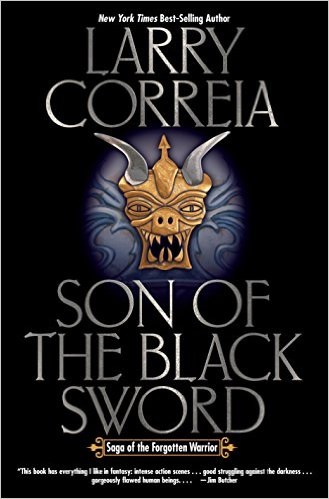An engineering consultant (who specializes in failure analysis) must remain true to his independent judgment when his client and his employer both seek to cover up evidence of dangerous problems in a mid-town Manhattan skyscraper.
In his 1984 novel, Skyscraper, Byrne describes an intricate confluence of corruption, corner-cutting, and poor design choices that converges to bring a skyscraper to the brink of structural failure. In a great application of the principle of Chekhov’s Gun, Byrne uses the clever device of a lecture on a seemingly unrelated collapse to educate the reader on basic structural engineering principles, including the exact scenario of the eventual failure.
Writing in Behold My Shorts – The Best of Robert Byrne, Byrne criticizes Skyscraper:
As a thriller it was flawed. One problem was that there was no villain for the good guy to confront at the end. The building doesn’t overturn because of a mad bomber or a corrupt building contractor. To make use of my engineering background, I chose to have the failure stem from a variety of dry and ultimately boring technical factors. I had a few small villains hopping around here and there, but no major bad guy for the readers to root against (pp. 63-64).
I think Byrne is too critical of his own work. The brilliance of Skyscraper lies precisely in *not* presenting a classic good guy versus bad guy conflict. Instead the book presents its hero, as well as its villains, with a parade of choices. The villains choose to compromise, to cut corners, to cheat, to circumvent inspections, to short cut safe procedures, and to shave expenses without rigorously considering the consequences elsewhere in the design. The collective result of their combined petty dishonesties erodes the factor of safety to the critical point. Byrne’s hero observes:
A point designers sometime seem to forget is that the so-called factor of safety must cover everybody’s ignorance and errors, not just their own. You might forget about one of the stresses a steel beam will have to resist and specify the wrong size, but that’s just the beginning. The beam comes from the mill just a hair smaller than ordered, the steel itself isn’t quite up to par, and it is damaged on the way to the job. An ironworker who argued with his wife forgets a bolt when connecting it to the girders. Ten years down the line a plumber drills a hole in it, a remodeling contractor hangs a ceiling from it, and fifty fat people dance a polka on it. The possibilities are endless.
A few of Byrne’s villains are remorseful, but too late to change the course of events. Others are ostensibly good people who lack the courage to act in time to avert disaster – showing vividly how all it takes for evil to triumph is for the good to neglect to oppose it.
The hero is similarly tempted – by his client, by his client’s lawyer, and even by his employer. They encourage him to look the other way, try to bribe him to ignore the facts, even threaten to fire him to force him to surrender his independent judgment. He remains true to himself and as a result is able to diagnose the structural problems and substantially mitigate the disaster.
Integrity is not so much about resisting the big temptations as it is about resisting the progression of individually minor day-to-day temptations. Byrne’s Skyscraper illustrates vividly how moral compromises enable disaster and how success follows from scrupulous integrity.



